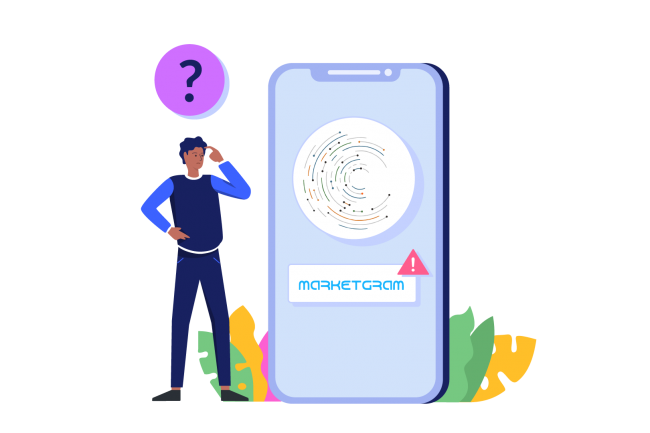Imagine that you have been doing Yoga for the last two months. Every day you want to get there you use Google maps to find the best way, but today you are sick and don’t want to go to Yoga class. At the same time, like every day, while searching for the best way to go to Yoga class, you get a notification from Google maps and it says that you go to this place every day and if you want to go there today this direction is the best way.

Well, you will be surprised like me! Of course, Google did not know what for and why I should go there! Or who I see there! But it knows when and from which way I go there. This information which is about data is called Metadata. They can describe it without knowing anything about the exact data of that case.
Certainly, Google didn’t know anything about why I go there, and what my purpose is, just it can use my needs and requests and analyzes them to help me. But also it uses this metadata I created for it to show that it knows me well, make me feel better and make me a good customer.
The way I go to work, the time and where I take a picture, upload a picture onto social media, daily search, the time when I buy things from the local grocery store, home address, etc. These are some examples of metadata that we create every day.
More precisely metadata simply summarizes data, which has the ability to make finding and working with relevant data easier. Think of it as data about data. Metadata can be created manually by a user, or automated by a data processing tool. Metadata commonly describes how and when and by whom a particular data set was created and what native format it resides.
Now we should know that depending on the storage method of this metadata and its type, as well as compliance with the market of a business, the methods of operation and the use are different and sometimes difficult.
If accurate and appropriate planning is done to store and collect this metadata, then we can use this metadata at the lowest cost and using automation in order to better system efficiency and attract more customers.

Certainly, for correct use, making good metadata and customer privacy we require to consultation with digital information analysis and digital transformations to make the implementation of the best system in accordance with the metadata, the customer and the market, the privacy and technology of the hardware and software technology.
Now, we will take more attention to our environment and the information we create a day so that we have better performance is using technologies. We also use them to manage our business better or choose more informants in making metadata for others.

In the end, it’s your turn to use or create your own business metadata with a detailed and create proper change management to expand your business with the exact analysis of information and a proper digital transformation.